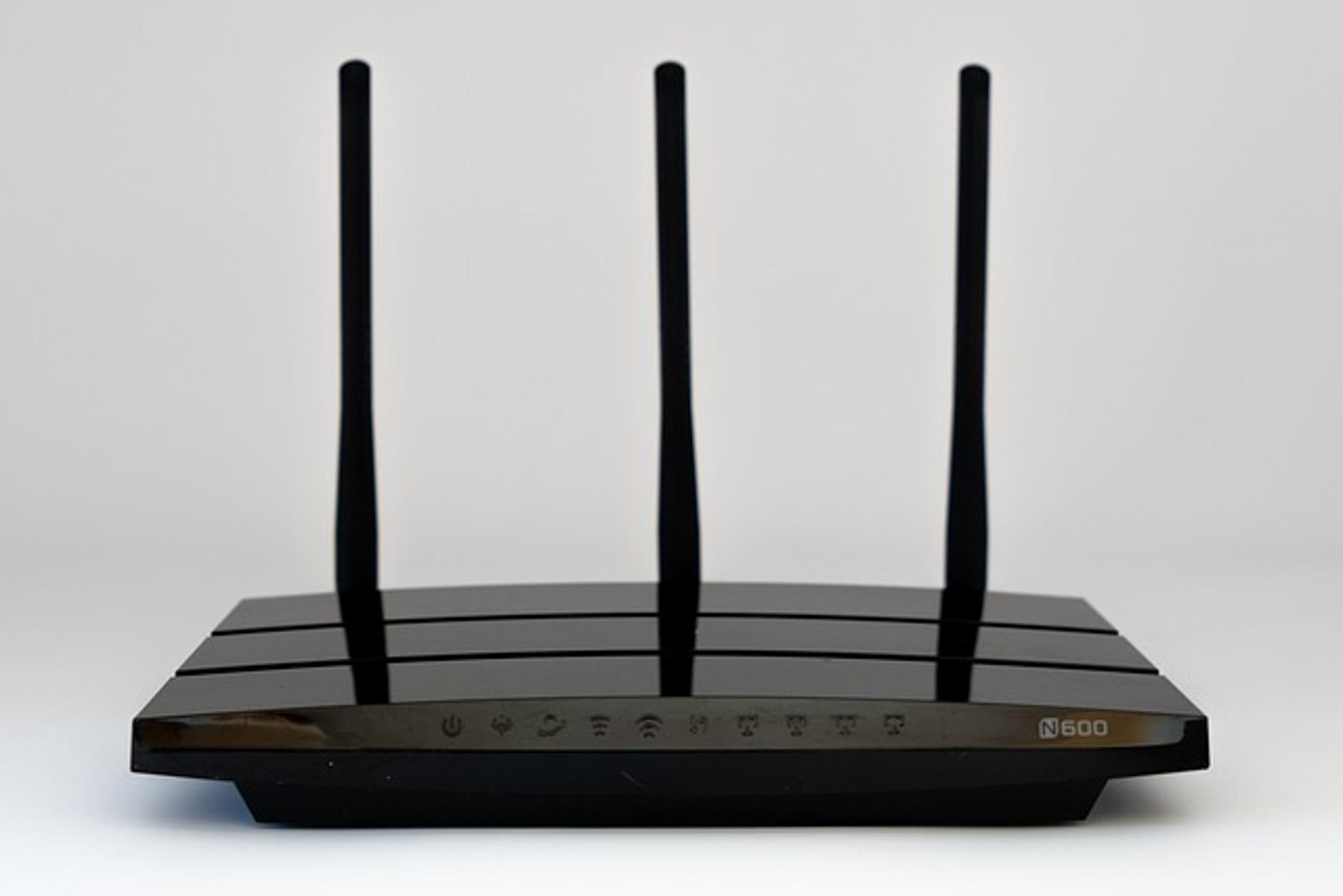Comprehensive Guide to Cable Modem Termination Systems
Introduction
Cable modem termination systems (CMTS) are essential in managing internet traffic over cable networks. This guide provides a detailed breakdown of CMTS components, their functionality, and their integral role in enhancing network performance. By the end of this article, you'll have a comprehensive understanding of how CMTS can optimize your internet experience and the different types available.

Fundamentals of Cable Modem Termination
A Cable Modem Termination System acts as a bridge between end-users and the internet service provider's backbone network. Located at the cable operator's headend, the CMTS communicates with individual cable modems, facilitating internet access over a shared medium. It processes data traffic, converting analog signals from cable modems to digital packets that can be routed across the internet.
Key functionalities of a CMTS include: - Traffic Management: Ensures efficient data flow to prevent congestion. - Security Protocols: Implements measures to protect data integrity and user privacy. - Bandwidth Allocation: Distributes bandwidth amongst users to optimize network usage.
Understanding these fundamentals highlights the critical role of CMTS in providing a reliable, high-speed internet connection for cable network users.

Components and Functionality of CMTS
A Cable Modem Termination System consists of several vital components that work together to manage data traffic:
- RF Interface: Interfaces with the external cable network. It modulates/demodulates signals from cable modems.
- Upstream and Downstream Channels: Separate channels for sending and receiving data, crucial for two-way data communication.
- Processing Units: Includes CPU and memory to handle data processing tasks.
- Routing Interface: Connects the CMTS to the core network, directing data packets to their destination.
Each component has a specific role: - RF Interface ensures the conversion between analog and digital signals. - Channels handle bidirectional traffic for a seamless internet experience. - Processing Units perform essential computing tasks to manage network operations. - Routing Interface directs data efficiently to maintain optimal performance.
Understanding the functionalities of these components is critical for grasping how CMTS work as the backbone of cable internet services.
Improving Network Performance with CMTS
Improving network performance is a crucial role of the Cable Modem Termination System. With the exponential rise in internet usage, CMTS must manage higher data loads and maintain optimal performance.
Key strategies include:
- Load Balancing: Distributing the network traffic evenly across multiple channels prevents bottlenecks.
- Channel Bonding: Combining multiple upstream and downstream channels increases bandwidth and enhances speed.
- Quality of Service (QoS): Prioritizing traffic ensures critical data streams receive the necessary bandwidth.
- Software Upgrades: Regular firmware updates enhance system capabilities and address security vulnerabilities.
Implementing these strategies ensures that CMTS can handle increasing data loads, maintaining high-speed, reliable internet for users.
Types of Cable Modem Termination Systems
Cable Modem Termination Systems come in various types, each tailored for specific network sizes and requirements:
- Integrated CMTS (I-CMTS): Combines RF interfaces and routing functionalities in a single device. It's suitable for small to medium-sized networks due to its simplicity and cost-effectiveness.
- Modular CMTS (M-CMTS): Separates the RF interfaces and the routing functionalities. Ideal for large networks, it offers scalability and flexibility in network architecture.
- Distributed CMTS (D-CMTS): Distributes functionalities across different network nodes. This type is increasingly popular in next-generation networks due to its ability to handle large-scale, high-density deployments efficiently.
Choosing the right CMTS depends on the specific requirements of the network, including the number of users, geographic area, and desired scalability.

Setting Up and Configuring Your CMTS
Setting up and configuring a CMTS involves a series of steps to ensure optimal performance:
- Planning: Assess the network requirements, including the number of users, expected data load, and desired coverage area.
- Installation: Physically install the CMTS at the headend and connect it to the cable network and core network.
- Configuration:
- Set up upstream and downstream channels.
- Configure bandwidth allocation and QoS settings.
- Implement security protocols to protect against unauthorized access.
- Testing: Conduct comprehensive tests to confirm the CMTS operates correctly and meets network requirements.
Correct configuration is crucial for harnessing the full potential of a CMTS, ensuring a high-speed, reliable internet connection.
Future Trends in Cable Modem Termination Technology
Looking ahead, several trends are set to shape the future of Cable Modem Termination Systems:
- DOCSIS 4.0: The latest DOCSIS technology promises even higher speeds and better spectrum efficiency.
- Virtualization: Moving CMTS functionalities to cloud-based solutions for better scalability and flexibility.
- AI and Machine Learning: Implementing AI for predictive maintenance and optimizing network performance.
These trends indicate an exciting future for CMTS, offering enhanced performance, flexibility, and scalability for cable networks.
Conclusion
Cable Modem Termination Systems play a pivotal role in managing internet traffic and improving network performance. Understanding their components, functionality, and types can help you choose the right CMTS and configure it effectively. Staying updated with future trends ensures your network remains competitive and ready to handle increased internet demands.
Frequently Asked Questions
What is a Cable Modem Termination System?
A Cable Modem Termination System (CMTS) is a device located at a cable operator's headend that enables communication between cable modems and the internet service provider's core network.
How does a CMTS improve network performance?
A CMTS improves network performance through load balancing, channel bonding, Quality of Service (QoS) settings, and regular software upgrades to manage traffic efficiently and maintain speed.
What are the types of Cable Modem Termination Systems?
The types of Cable Modem Termination Systems include Integrated CMTS (I-CMTS), Modular CMTS (M-CMTS), and Distributed CMTS (D-CMTS), each designed for different network sizes and scalability requirements.



